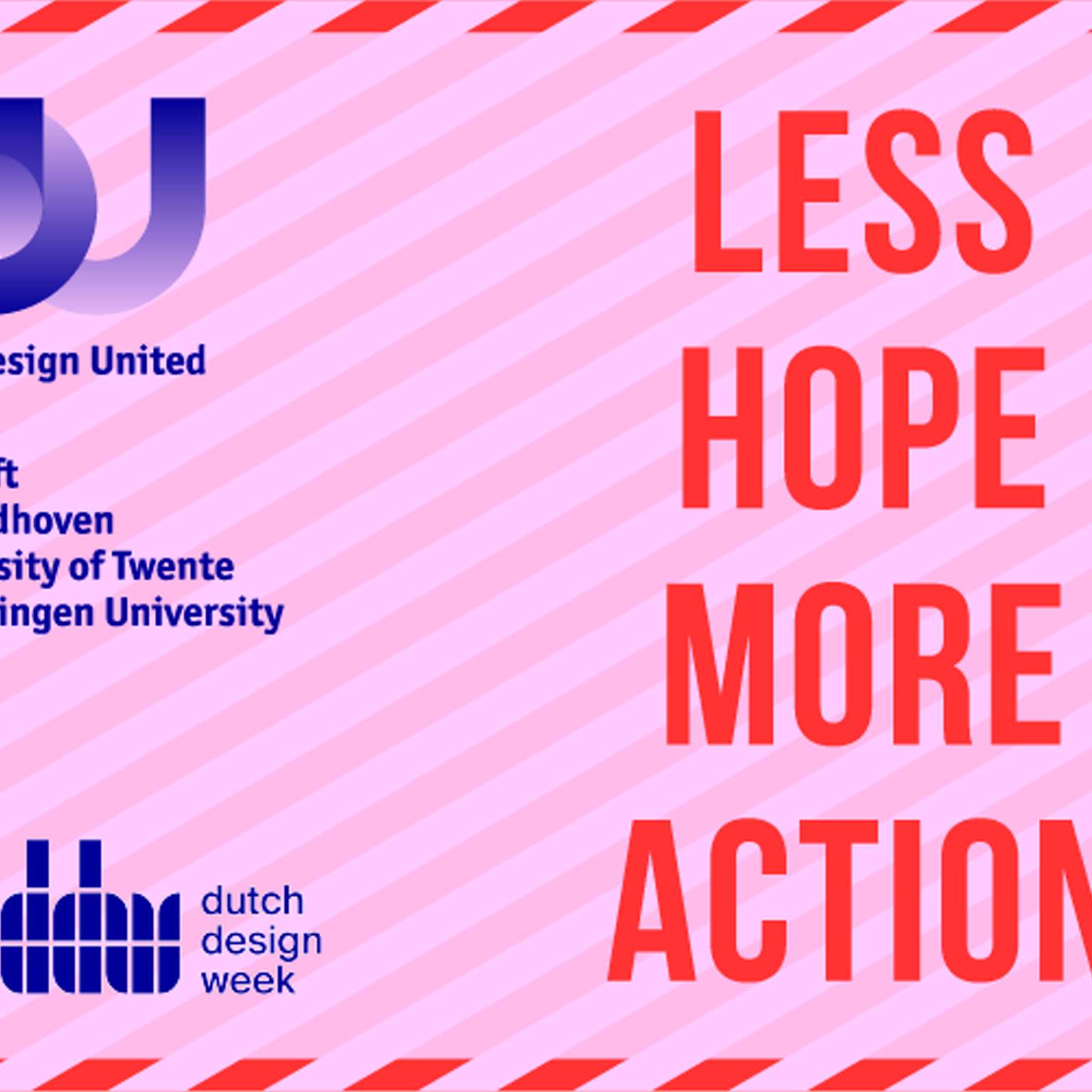Federico Andreotti, Riel Bessai, Salma Rian
As societies continue to grow beyond planetary limits, we enter uncharted territory that demands new ways of thinking and acting. Can design help reverse course, moving beyond growth-driven models and short-term fixes towards a future where human and planetary wellbeing are aligned? This is the question we aim to explore in this year’s Thriving Planet theme track.
It should be stated plainly: right now, the planet is not thriving. CO2 emissions continue to rise, biodiversity is in catastrophic decline, and increasingly large segments of the public struggle to meet their basic needs. Thriving means more than surviving within limits; it calls for flourishing, where human societies and ecological systems grow stronger together rather than at each other’s expense. Thus, a thriving planet requires letting go of entrenched design practices that exploit life – both humans and ecosystems – and cultivating new ones that regenerate and sustain aliveness.
Transitioning away from ecological breakdown towards a thriving planet requires abandoning many unsustainable products and practices we have come to demand. Design for Decline addresses this challenge by exploring the role of design in ‘exnovation’—the deliberate dismantling of harmful practices, structures, and cultures. This will necessarily require some tradeoffs, which designers may help to navigate. This is exemplified in Water Futures, a speculative project about future sea level rise and its consequences on the Netherlands.
As unsustainable practices are left behind, designers can help build new material cultures grounded in ecological integrity. For this, design may look to scale down its footprint, transitioning away from the global to the bio-regional, where regenerative approaches make more sense. This is demonstrated in The Nettle Project, which explores how design can re-root us to our “lifeplaces” by emphasizing the functional, economic, environmental, and cultural potential of local bioresources, in this case the stinging nettle. Equally important is transitioning beyond human-centered design strategies that have often come at the expense of non-humans. Projects such as Soil Habitability and Crafting Bioreceptive Textiles for Plant-Human Interaction investigate how design might better accommodate other species through, for instance, ‘slow computing’ systems that attune us to nonhuman timescales, or textiles that invite plants to cohabitate alongside us. These practices challenge dominant paradigms of efficiency and control, and instead propose alternative, mutualistic ways of designing and living with non-humans.
Designing for a thriving planet also requires reimagining which humans design serves. Many of the selected projects question the traditional notion of the ‘client’ by amplifying underserved voices and perspectives, particularly those not driven by financial impetus. For example, Cropkit critiques agricultural technologies built for Big Agriculture at the expense of small-scale farmers and their communities. Similarly, projects like Working with nature and Serious Games highlight how design can engage with smallholder farmers in Kenya or citizens navigating food transitions respectively, foregrounding equity alongside ecological regeneration.Hydra Peck takes a similar stance in the poultry sector through challenging industrial feed norms to align animal welfare and resource efficiency.
The projects we present try to offer both critique and proposition, exploring how design can become a force for radical and necessary change. Design for a thriving planet must therefore grapple with two challenges: what must be left behind, and what new practices can take root within the cracks of today’s unsustainable status-quo. This year’s Thriving Planet theme track showcases projects that are both critical and inspirational, demonstrating the regenerative potential of design in times of crisis. We invite visitors not just to observe, but to see themselves as part of this co-shaping practices that could allow a thriving planet to take root.
